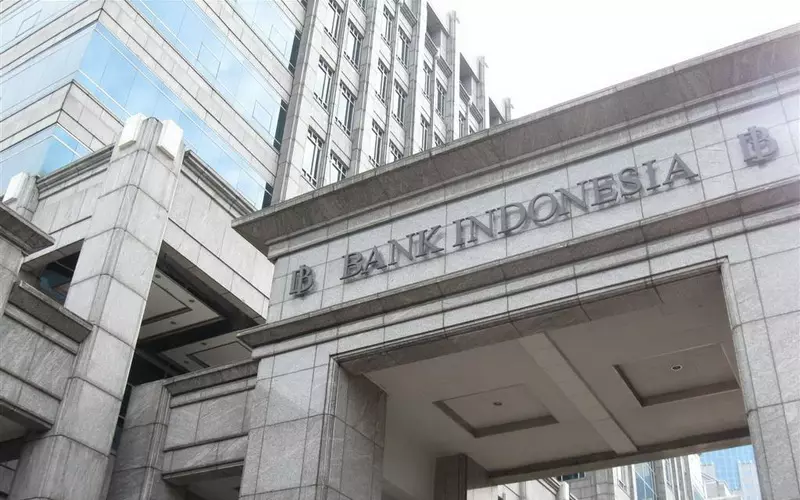Berikut ini nama lima bank tertua di Indonesia berdasarkan data dan informasi yang dihimpun rumah123.com dari berbagai sumber.
BRI (1895)
Nama lengkapnya PT Bank Rakat Indonesia Tbk., didirikan pada 16 Desember 1895 oleh Raden Aria Wirjaatmadja. Berdirinya pun bukan di Jakarta, melainkan di Purwokerto, Jawa Tengah. Nama pertamanya saat berdiri Hulpen Spaarbank der Inlandsche Bestuurs Ambtenaren. Dalam bahasa Indonesia, disebut Bank Bantuan dan Simpanan Milik Kaum Priyayi. Dari semua bank pelat merah, BRI adalah bank pertama milik pemerintah sesuai Peraturan Pemerintah Nomor 1 Tahun 1946 Pasal 1.
BTN (1897)
PT Bank Tabungan Negara didirikan pada tahun 1897 dengan nama kala itu adalah Postspaarbank. Perkembangan selanjutnya pada 1950, bank ini mengalami perubahan nama menjadi Bank Tabungan Pos. Berganti nama menjadi Bank Tabungan Negara pada tahun 1963. Bank pelat merah ini kini menguasai pangsa pasar Kredit Kepemilikan Rumah (KPR).
Bank Saudara (1906)
Nama lengkapnya PT Bank Himpunan Saudara 1906 Tbk. Bank ini pertama kali didirikan pada 1906 dengan nama Vareeniging Himpoenan Soedara. Bank ini didirikan oleh para saudagar batik dan kulit di Bandung, Jawa Barat. Pada 15 Juni 1974, Perkumpulan Himpunan Saudara secara formal legal dibubarkan dan pada saat yang bersamaan didirikan PT Bank Tabungan Himpunan Saudara (HS) 1906. Pada 1992, PT Bank Tabungan Himpunan Saudara (HS) 1906 berubah menjadi PT Bank HS 1906. Pada 2006, PT Bank Himpunan Saudara 1906 merubah nama panggilan menjadi Bank Saudara.
Bank QNB Kesawan (1913)
Bank ini berdiri sebagai NV Chunghwa Shangyeh (The Chinese Trading Company Limited) di Medan, Sumatera Utara, pada 1913. Sebagai pendiri Khoe Tjin Tek dan dan Owh Chooi Eng bertindak masing-masing sebagai Direktur Utama dan Komisaris Utama. NV Chunghwa Shangyeh bergerak dalam bidang simpan pinjam keuangan. Pada 1958 perusahaan ini resmi melakukan kegiatan sebagai Bank Umum dan pada 1962 bentuk usaha berganti menjadi Perseroan Terbatas dengan nama PT Bank Chunghwa Shangyeh. Pada 1965, PT Bank Chunghwa Shangyeh berganti nama menjadi PT Bank Kesawan dan untuk lebih memantapkan posisi bank maupun pengembangan usaha yang lebih baik, Kantor Pusat Bank Kesawan hijrah ke Jakarta pada 1990. Pada 2010, Qatar National Bank (QNB) mengakusisi Bank Kesawan, dan 27 Desember 2011, berganti nama menjadi PT Bank QNB Kesawan Tbk.
Bank OCBC NISP (1941)
Bank OCBC NISP didirikan pada 4 April 1941 di Bandung, Jawa Barat, dengan nama NV Nederlandsch Indische Spaar En Deposito Bank. Bank ini resmi menjadi bank komersial pada 1967, bank devisa pada 1990 dan menjadi perusahaan publik di BEI pada 1994. Pada akhir 1990-an, Bank OCBC NISP berhasil melewati krisis keuangan. Reputasi ini menarik perhatian International Finance Corporation (IFC), bagian dari Grup Bank Dunia, yang kemudian menjadi pemegang saham pada 2001-2010. OCBC Bank-Singapura akhirnya menjadi pemegang saham pengendali sebesar 85.06% di bank ini
sumber : rumah123.com



